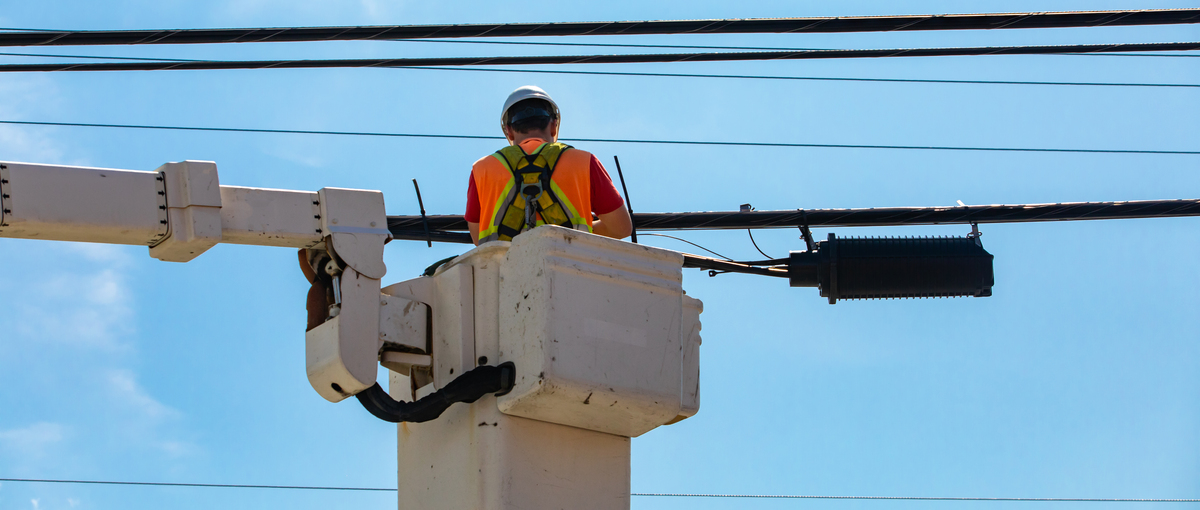10 Essential Safety Tips For Working At Heights
10 Essential Safety Tips For Working At Heights
February 20, 2023 |
Working at heights can be extremely dangerous if proper safety precautions are not taken. Many people working in construction, manufacturing, and other industries often find themselves working at heights without the proper equipment or training. Unfortunately, this can lead to severe injuries – or worse, death. In this blog post, we will discuss 10 essential safety tips for working at heights.
Always Wear the Correct Personal Protective Equipment (PPE)
The first and most important safety tip for working at heights is to always wear the correct Personal Protective Equipment (PPE). This includes a full-body harness, hard hat, safety glasses, gloves, and steel-toe boots. Appropriate PPE can help protect workers from potential falls or other injuries due to working at heights.
Inspect the Work Area
Before working at heights, make sure to inspect the work area for any potential hazards. Look for unstable surfaces, deteriorated building materials, and other dangers that could lead to an accident or injury. Make sure there is no loose debris or clutter that could be a trip hazard. If necessary, secure the working area with rope lines and barricades to alert people of the working area.
Securely Anchor Equipment
When working at heights, it is also important to securely anchor any equipment used. Make sure ladders and other climbing gear is firmly secured before attempting to climb them. If possible, use a safety line or lifeline to attach yourself to a secure point while working at heights.
Secure Working Platforms and Surfaces
Whenever working at heights, make sure working platforms are secure and in good condition. Look for signs of deterioration, loose boards, or other problems that could lead to a fall. If working on a ladder, make sure it is anchored firmly before climbing it. Also, be aware of any overhanging branches or wires that could be a potential hazard.
Be Aware of the Surroundings
When working at heights, it is important to always be aware of your surroundings. Pay attention to any changes in the environment such as high winds that can cause instability while working. Also, make sure to watch for any other people working near you who could potentially cause you harm.
Implement a Fall Control Hierarchy
One of the most important safety tips for working at heights is to implement a fall control hierarchy. This system involves working from the bottom up, meaning working from the safest working platform first. This includes using guard rails, cable lines, and other systems to prevent falls from occurring.
Calculate Fall Distances Precisely
Another great and crucial safety tip for working at heights is to calculate the fall distances precisely. This involves measuring the distance from the working platform and working surface, as well as any potential obstacles such as wires or obstructions.
This helps ensure workers are aware of the working environment and can take the appropriate safety precautions. Calculating the fall distances precisely is especially important because it can help prevent serious injury or death.
Have Effective and Proper Training
In order to work at heights safely, it is essential to have effective and proper training. This includes learning the basics of working at heights, such as working safely on ladders, scaffolds, and other working platforms. Additionally, workers should be trained in how to use appropriate PPE and understand the importance of working safely.
Perform Regular Maintenance Checks
Apart from effective and proper training, performing regular maintenance checks can also help ensure working at heights is done safely. Before working at heights, inspect the working area for any signs of deterioration or damage that could lead to an accident or injury. Additionally, make sure to check all equipment used for working at heights and replace any worn parts or components.
With that said, Rescue Solutions LLC can provide comprehensive safety checks and consultations. It walks you through a cost-benefit analysis and the kinds of necessary equipment your business needs, as well as professional maintenance checks too.
Utilize Safe Rescue and Recovery Procedures
In the event of a fall, it is important to have safe rescue and recovery procedures in place. This includes having an effective fall arrest system that can be used to stop workers from falling. Additionally, make sure there is a detailed and effective working plan in place that outlines steps to take if someone does accidentally fall.
Having access to professional rescue team members is also another crucial component. For instance, Rescue Solutions LLC’s team members are highly experienced and trained in safety and rescue techniques to deliver essential services for experts operating at heights.
